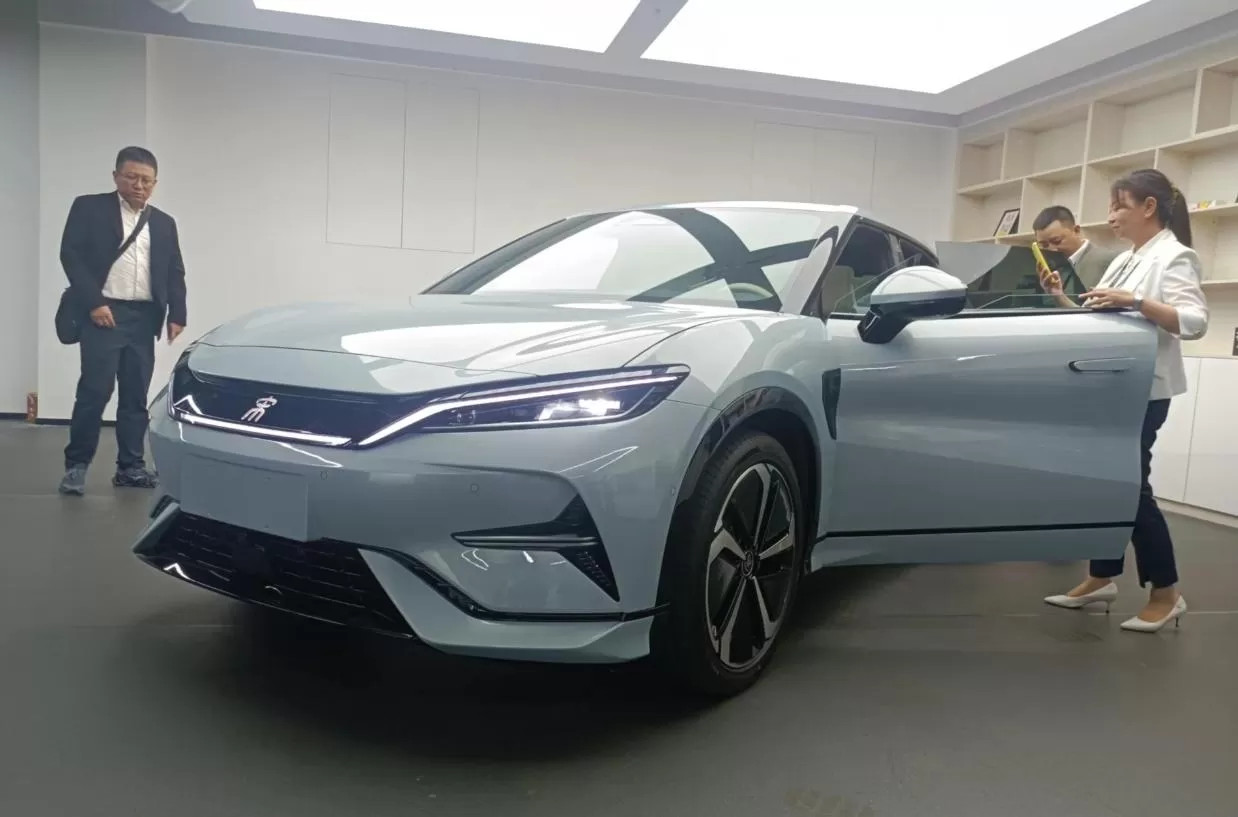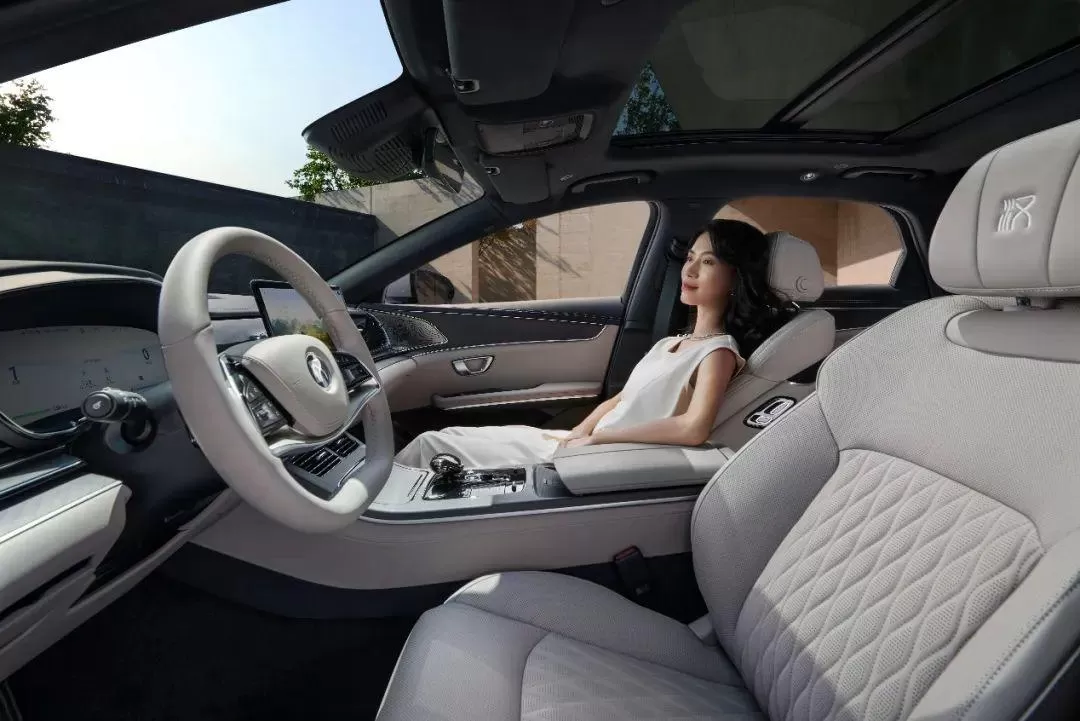In the new energy vehicle market, the Li Auto ONE and NIO ES8 are among the best-selling large SUVs. If sales are the measure of success, the Li Auto ONE has a slight edge, making it the best-selling large SUV in the new energy vehicle segment. In 2020. the NIO ES8 sold a total of 11.106 units, while the Li Auto ONE sold 29.728 units, securing its position as the top seller in its category.
Recently, Li Auto launched the 2021 version of the Li Auto ONE, priced at 338.000 RMB, an increase of 10.000 RMB compared to the previous model. So, why the price increase?
This can be explained by the differences in configuration between the new and old models. The main changes in the new model include:
1. Complete removal of the 7-seat option, retaining only the 6-seat configuration.

2. Comprehensive upgrade of the driving assistance system, now featuring a fully self-developed AD advanced driver assistance system.
3. Upgraded voice system, supporting multi-round continuous dialogue, allowing users to have continuous, free conversations from any position inside the car.
4. Significant improvement in seat comfort, with heated, ventilated, and massage functions now standard on both the first and second-row seats. Additionally, the third row has been optimized, increasing legroom by 41mm.
5. Further optimization of the rear-drive motor, resulting in improved efficiency, reduced energy consumption, and an increased electric-only range of up to 188 km.
6. Increased fuel tank capacity from 45L to 55L, with a maximum range of 1.080 km.
So, do you think the additional 10.000 RMB is worth it?

In terms of exterior design, the new model largely continues the design of the 2020 version, but with significant changes in details. For example, the turn signals have been moved from the LED daytime running lights to the sides of the lower grille, making the functions more distinct. Additionally, the front grille has been enlarged, and the internal blacked-out mesh is also bigger, giving it a more imposing look.
The body size of the new model has also changed. Its dimensions are 5030 mm in length, 1960 mm in width, and 1760 mm in height, with a wheelbase of 2935 mm. Compared to the previous model, the length has increased by 10 mm, while the other dimensions remain unchanged.
Changes at the rear are minimal, with some models featuring a bright silver skid plate on the rear bumper, which is the main alteration in this area.
The interior of the Li Auto ONE combines a high-tech atmosphere with luxury. The four large screens inside the car greatly enhance the sense of technology. The dashboard and door panels are covered with soft-touch materials, providing a tactile and visual experience in line with the vehicle's price range. The front passenger’s HD entertainment screen is particularly noteworthy, allowing the “boss” at home to put down their phone and enjoy streaming shows, movies, or shopping—all in one place.
It’s worth mentioning that the 2021 Li Auto ONE has upgraded both the hardware and software of its driver assistance system, placing it in the top tier of current driver assistance capabilities. The AD advanced driver assistance system is equipped with two Horizon J3 autonomous driving chips, each with a computing power of 5 TOPS.

The new model’s driver assistance camera has been upgraded from a 52-degree to a 120-degree field of view, with the camera resolution improved from 1.3 megapixels to 8 megapixels, achieving 4K-level recognition precision. These upgrades make the Li Auto ONE’s driver assistance system more accurate and safer. Additionally, the new model features four corner radar sensors provided by Bosch, bringing the total number of millimeter-wave radars to five. Li Auto has also stated that this driver assistance system will be standard across all future models, emphasizing that family safety should be standard, not optional.
The new model has also fully optimized the seat padding and shape, significantly enhancing seating comfort. The first and second rows now come with two soft velvet headrests, further improving comfort.

In terms of power, the 2021 Li Auto ONE is equipped with a new integrated rear-drive motor, which is more compact, allowing the fuel tank to increase from 45L to 55L. The combination of synchronous and asynchronous operation between the front and rear motors enables the Li Auto ONE to switch between two-wheel and four-wheel drive, making this electric four-wheel drive system more flexible than traditional mechanical systems, without compromising off-road capability.
The Li Auto ONE’s system has a maximum power output of 245 kW (333 hp), a maximum torque of 455 N·m, and can accelerate from 0 to 100 km/h in 6.5 seconds. The battery pack is a 40.5 kWh ternary lithium battery with an 8-year or 120.000 km warranty. Fast charging takes 0.5 hours (from 20% to 80% charge), while slow charging takes 6 hours (from 0% to 100% charge). Additionally, the range extender remains a 1.2T engine, but fuel consumption has decreased by 15%, resulting in a combined fuel consumption of 6.05L/100 km, equivalent to about 0.36 RMB per kilometer, making it quite economical.
So, do you think the Li Auto ONE is the best choice for a family-oriented, six-seat luxury electric SUV under 500.000 RMB? Based on sales figures, the Li Auto ONE sold 18.118 units between January and April this year, compared to 6.563 units for the NIO ES8 during the same period. If you’re unsure about your choice, “following the crowd” can be a wise strategy.






